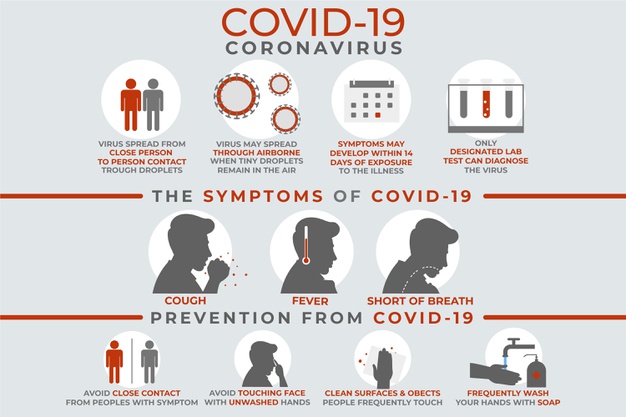The coronavirus disease has ranged from mild symptoms to severe complications and even death in many cases. Signs of infection include fever, cough, and breathing problems. These symptoms usually appear within 2 to 14 days after exposure.
Countries around the world are speeding up efforts to deal with a new kind of coronavirus discovered last year in central china. The virus is spreading with ruthless speed on earth and has killed thousands of people. It has already created a deep global crisis in the form of economic disruption across the world. The deadly virus has begun to change people’s everyday life, in a way that we are forced to stay at home and not to step out in any case.
Coronavirus- An Overview
Coronaviruses belong to a group of viruses associated with health complications ranging from the common cold to more severe symptoms such as severe acute respiratory syndrome (SARS). According to studies, so far, these viruses were originally transmitted from animals to human beings. In 2002, SAARC was transmitted from CATS to people while another one called Middle East Respiratory Syndrome (MERs) transferred to humans from a type of camel. The dangerous virus identified by Chinese authorities last year in 2019 and since named COVID-19. Little information is available about the novel coronavirus, although human to human transmission is confirmed.
As far as the symptoms of this expanding coronavirus pandemic are concerned, they range from cold, fever, and cough, shortness of breath and breathing difficulties. It more severe cases, the infectious diseases progress to pneumonia, multiple organ failure and even death. According to the WHO, the time of onset of symptoms range from 2 to 14 days. In most cases, infected individuals may show signs of coronavirus disease within five to six days. Also, there have been some cases in China where the infected persons are not showing any symptoms of the infectious disorder despite having the virus in their blood.
As per reports given by WHO, the number of fatalities from COVID-19 has passed the toll of the 2002 SARS outbreak, which was also centred in China. Data suggests nearly 800 people across the world and more than 300 deaths were reported alone in China. COVID-19 is more widespread than SAARC in every aspect. As per reports provided by the Centers for Disease Control and Prevention (CDC), Older adults over the age of 60 are more likely to experience severe complications associated with COVID-19. Also, Those who are suffering from underlying medical conditions like diabetes, lung disorder, or heart disease are also considered to be at risk of developing more severe illness linked with the coronavirus disease.
Prevention
Scientists around the globe are making every possible effort to develop a vaccine as soon as possible. And they have also warned that once the vaccine is ready, it will only be available for mass distribution by 2021. Meanwhile, countries around the world have introduced complete lockdown, closure of schools and colleges, bars, restaurants, and clubs to halt the spread of the coronavirus disease. A growing number of countries bans on asking people not to step out of their houses unless it is anything urgent. The nationwide lockdowns also include bans on international airlines. Many countries have even banned non-citizens from entering, while several ones like India have evacuated their citizens from foreign countries.
Right now, there is no vaccine available to control the outbreak, WHO and CDC recommend guidelines that we can follow to reduce the risk of COVID-19. These include avoiding mass gatherings, close contacts, covering mouth and nose with a mask, and washing hands often with soap and water etc.
The coronavirus outbreak is a global health emergency. On March 11 2020, the WHO has declared it a pandemic.
Also Read: Things People with Asthma Needs To Know About COVID-19



